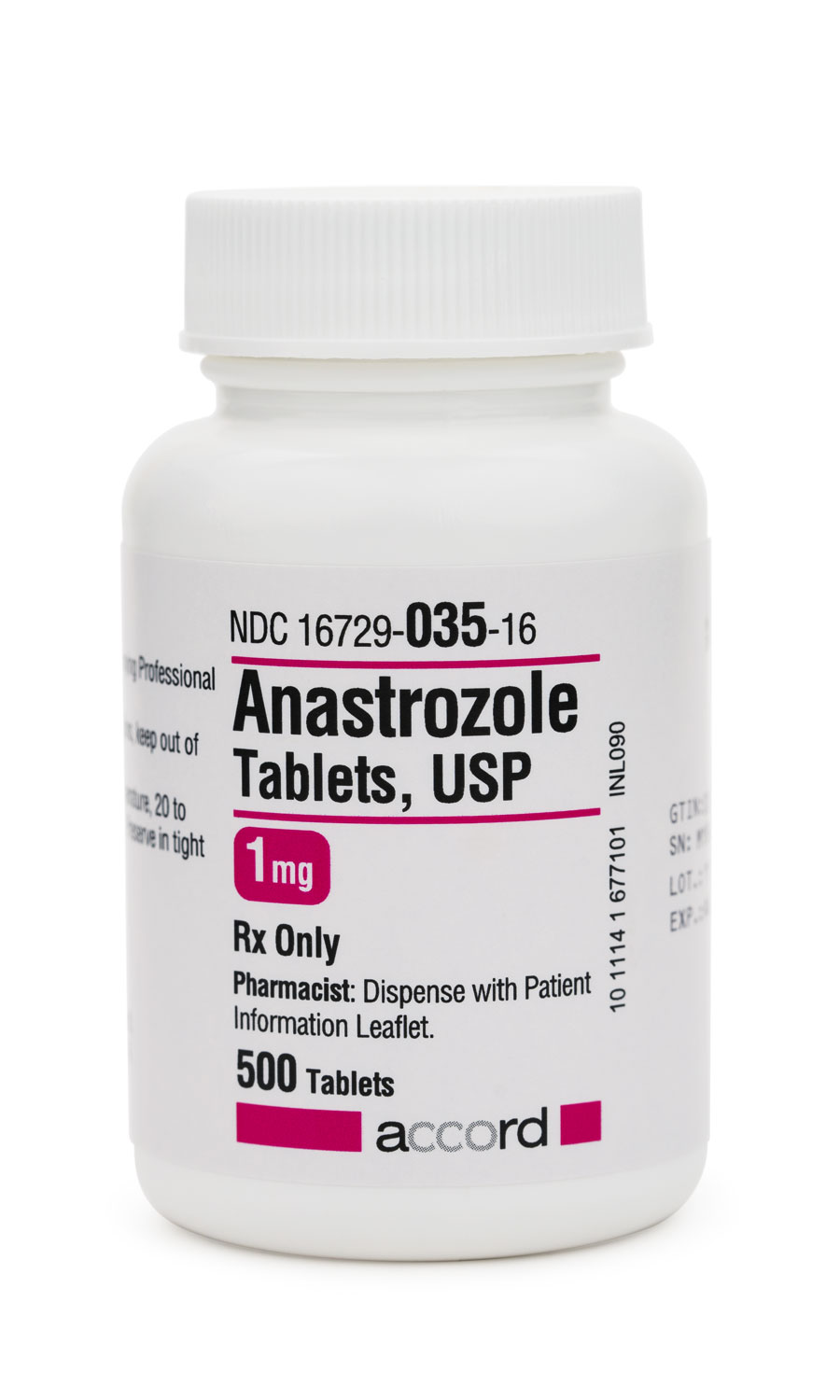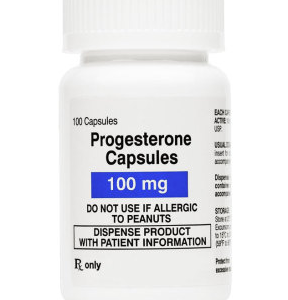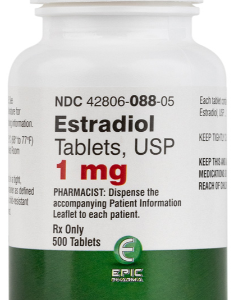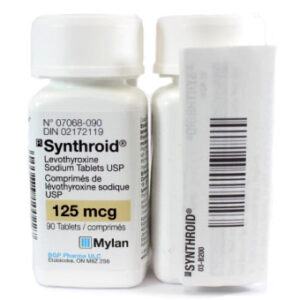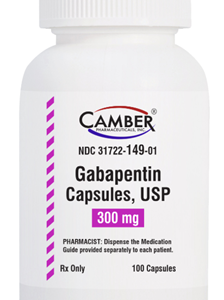Overview Of Anastrozole Capsules
Mechanisms of Action
Anastrozole inhibits aromatase, the enzyme that catalyzes the final step in estrogen production. Anastrozole is an oral, competitive, non-steroidal inhibitor of aromatase and is less likely to exhibit agonist or antagonist steroidal properties. The formation of adrenal corticosteroids or aldosterone is not affected by anastrozole; only serum estradiol concentrations are affected by anastrozole. In postmenopausal women, the principal source of circulating estrogens is from the conversion of adrenal and ovarian androgens (androstenedione and testosterone) to estrogens (estrone and estradiol) by aromatase in peripheral tissues. Inhibition of aromatase may result in a more complete estrogen block than surgical ablation. Extraglandular sites are more amenable to aromatase inhibition by anastrozole than are premenopausal ovaries. Inhibiting the biosynthesis of estrogens is one way to deprive the tumor of estrogens and to restrict tumor growth. Estradiol plasma concentrations decrease about 80% from the baseline with continued dosing of anastrozole. Aromatase inhibitors might also inhibit estrogen production at the tumor cell. However, tumor production of estradiol may be insignificant because aromatase activity appears to be low. Anastrozole has little or no effect on CNS, autonomic, or neuromuscular function.
Contraindications & Precautions
Your health care provider needs to know if you have any of these conditions: heart disease, circulation problems, a history of stroke or blood clot, severe liver disease, high cholesterol, osteoporosis, or low bone mineral density. Anastrozole may not work as well if you take it together with tamoxifen or an estrogen medication (such as hormone replacement therapy, estrogen creams, or birth control pills, injections, implants, skin patches, and vaginal rings). You may need to keep taking anastrozole for up to 5 years
Interactions
Anastrozole and tamoxifen should not be administered together. Clinical and pharmacokinetic results from the ATAC study demonstrate that concurrent administration of anastrozole and tamoxifen results in a reduction of anastrozole plasma levels by 27% compared to those achieved with anastrozole alone. However, coadministration did not affect the pharmacokinetics of tamoxifen or N-desmethyltamoxifen.
Androstenedione is an important metabolic precursor for androgens and estrogens in both males and females. Androstenedione supplements should not be given concurrently with any aromatase inhibitors, as androstenedione could interfere with the pharmacologic action of the aromatase inhibitor. Conversely, aromatase inhibitors (e.g., aminoglutethimide, anastrozole, exemestane, letrozole, testolactone, vorozole) could interfere with biotransformation of androstenedione in both males and females; the enzyme aromatase converts androstenedione to estrone. Prasterone, dehydroepiandrosterone, DHEA is converted via hydrosteroid dehydrogenases and aromatase into androstenedione, testosterone, and estradiol by peripheral tissues. Prasterone or DHEA supplements should not be given concurrently with any aromatase inhibitors, as DHEA could interfere with the pharmacologic action of the aromatase inhibitor and compromise aromatase inhibitor effectiveness. Conversely, aromatase inhibitors (e.g., aminoglutethimide, anastrozole, exemestane, letrozole, testolactone, vorozole could interfere with biotransformation of DHEA.
Adverse Reactions
Numbness; tingling; cold feeling; or weakness in your hand or wrist; problems with your fingers while gripping; hot flashes; joint pain or stiffness; depression; mood changes; sleep problems (insomnia); cough; sore throat; thinning hair; mild nausea; vomiting; back pain; bone pain.
Storage
Store this medication at 68°F to 77°F (20°C to 25°C) and away from heat, moisture and light. Keep all medicine out of the reach of children. Throw away any unused medicine after the beyond use date. Do not flush unused medications or pour down a sink or drain.

